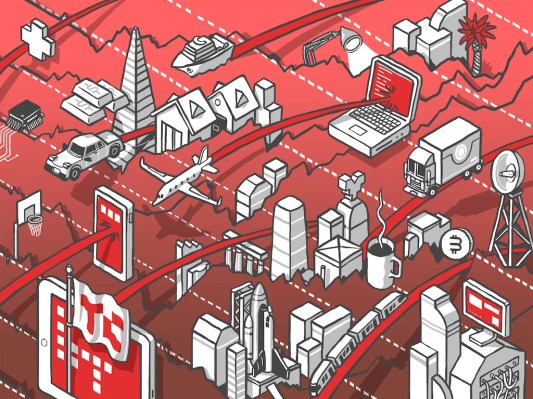Why the SPAC route makes sense for Getaround • TechCrunch


The SPAC route to listing on public markets was incredibly popular in 2020 and 2021, but many companies that took this avenue didn’t exactly fare well after going public. So why did consumer car rental marketplace Getaround decide to list by merging with a blank-check company?
To answer that question, we need to take a step back and look at the bigger picture.
In hindsight, the 2020-2021 SPAC boom was unable to materially diminish the rising unicorn backlog. In 2022, unicorns continued to be minted faster than M&A and public offerings could convert their illiquid equity into liquid capital. It’s become a difficult time for high-priced startups: The traditional gateway to the public markets — the venerable public offering — remains closed, would-be acquirers are looking to trim costs instead of getting adventurous with their balance sheet and SPAC performance has proved abysmal.
The Exchange explores startups, markets and money.
Read it every morning on TechCrunch+ or get The Exchange newsletter every Saturday.
Per SPAC Insider data, companies that merged with blank-check companies recently have seen their value fall sharply. SPAC combos worth $300 million to $2 billion in pro forma equity are off around 71% on a median basis since 2009, to pick a data point. Smaller blank-check combinations are down even more over the same time frame, while larger deals did slightly better.
Recent Posts
- Smaller businesses ‘more fearful and cautious’, Aito conference warned
- RK Janji Permudah Izin Dirikan Rumah Ibadah Semua Agama Jika Menang
- Colliers Quick Hits | From Travel Volumes to Labor Costs: 10 Trends Driving Hospitality Toward 2025
- Donald Trump watches SpaceX launch with Elon Musk, but test flight does not go as planned | US News
- Remaja Asal Bandung Jadi Korban TPPO di Saudi, Terlena Iming-iming Gaji
Recent Comments